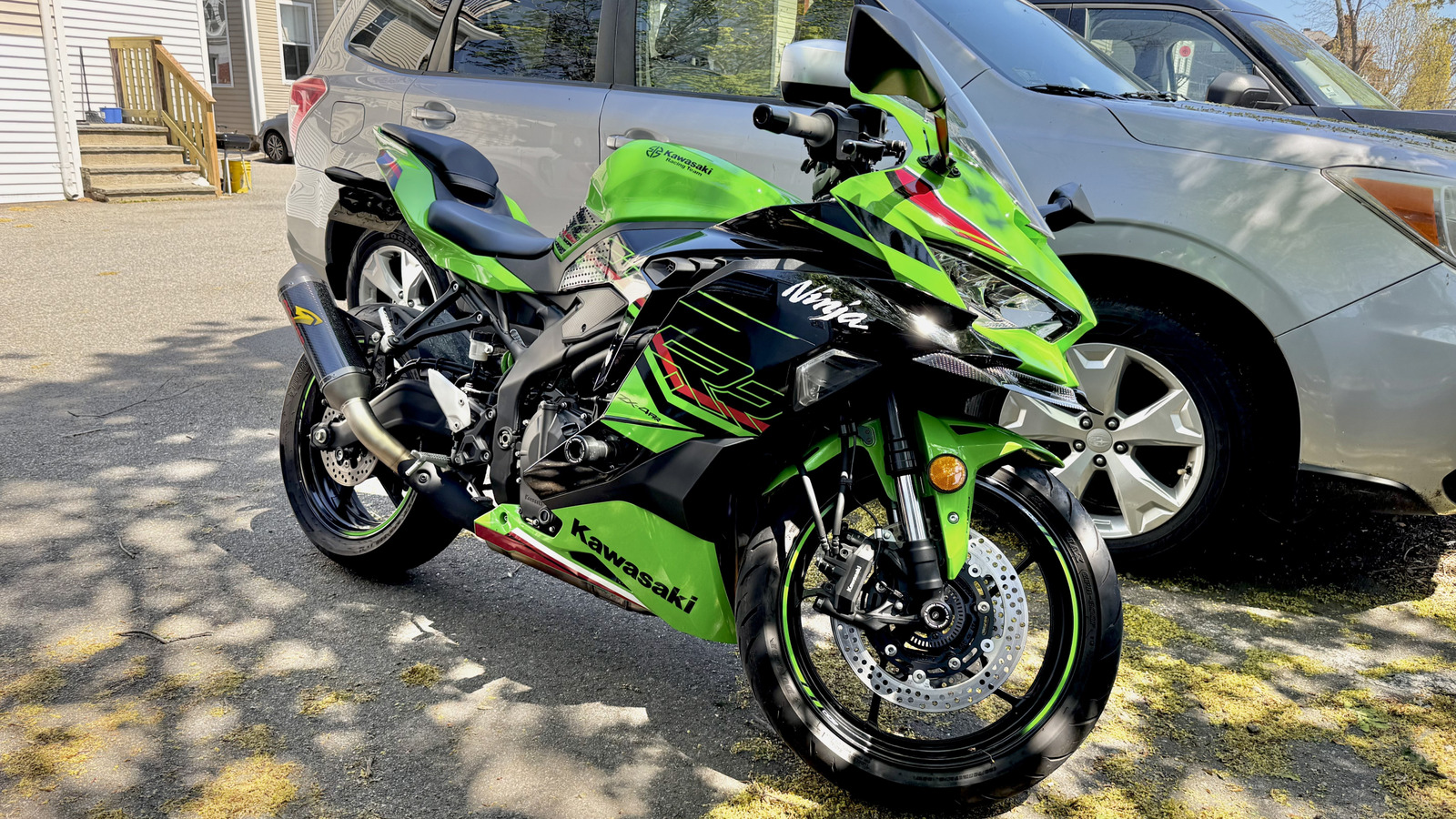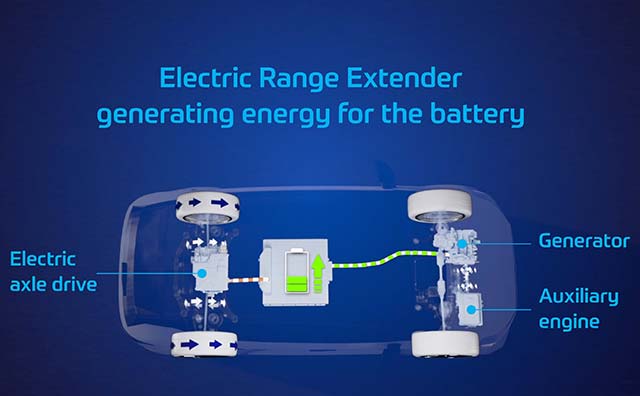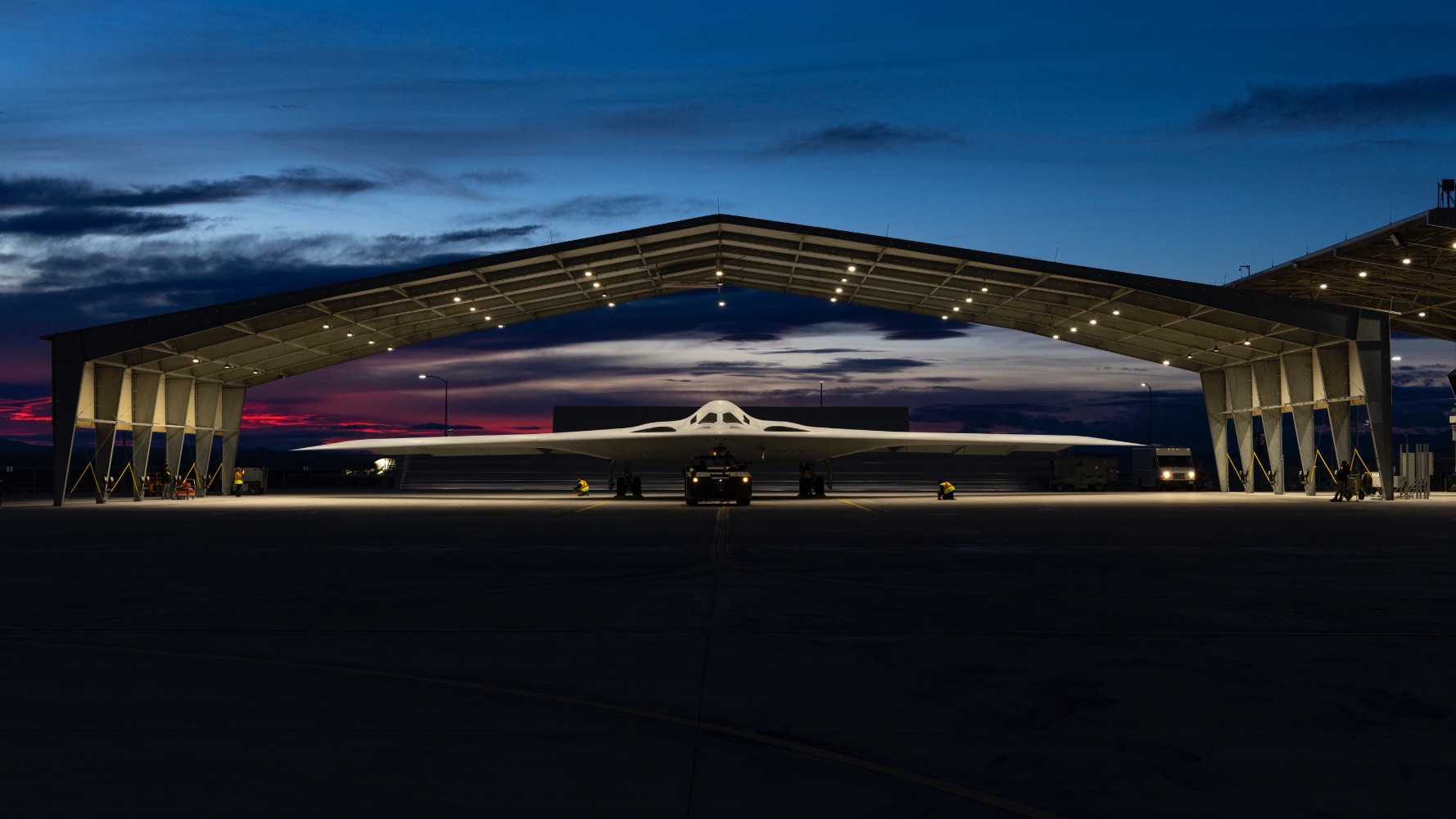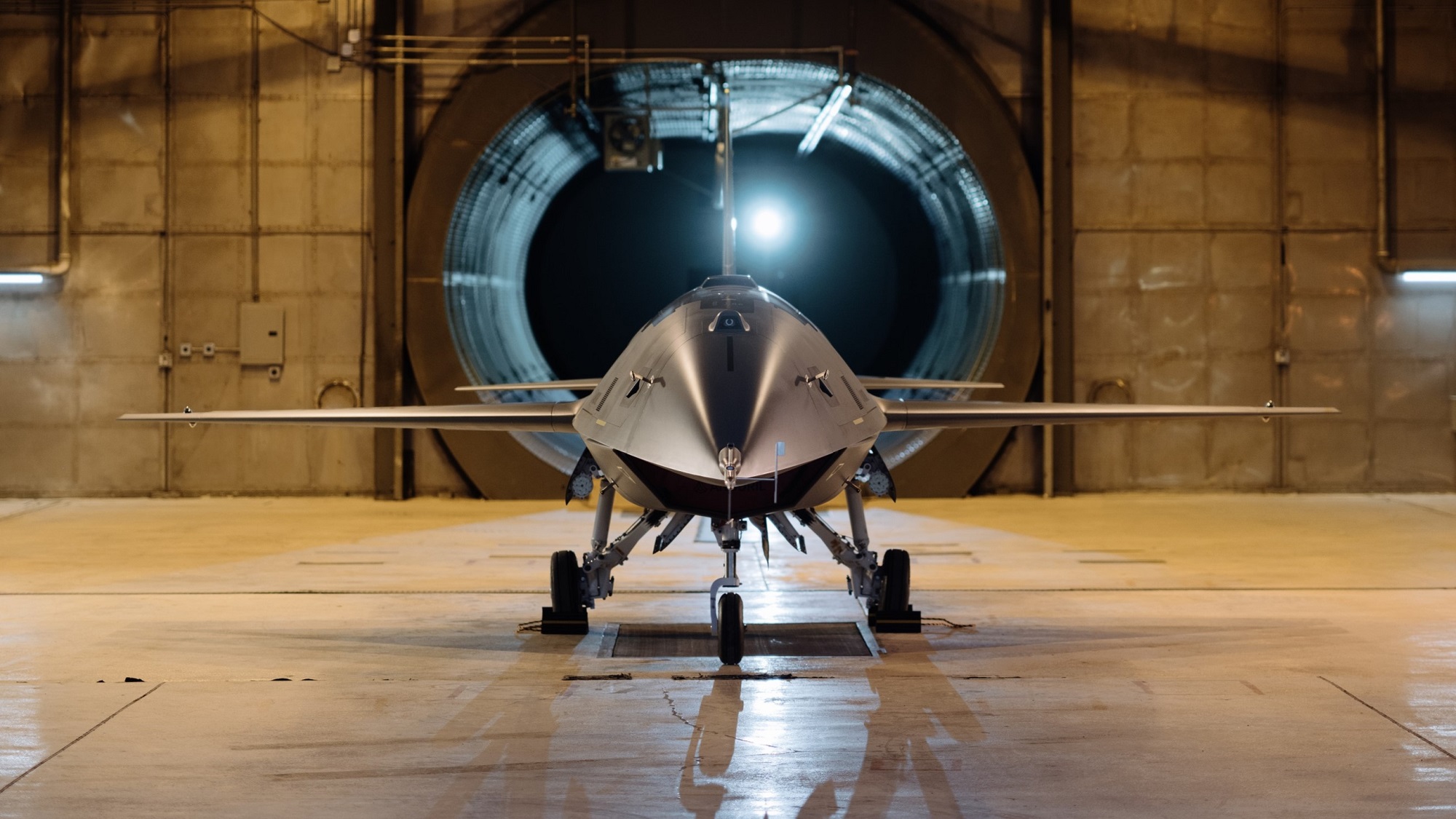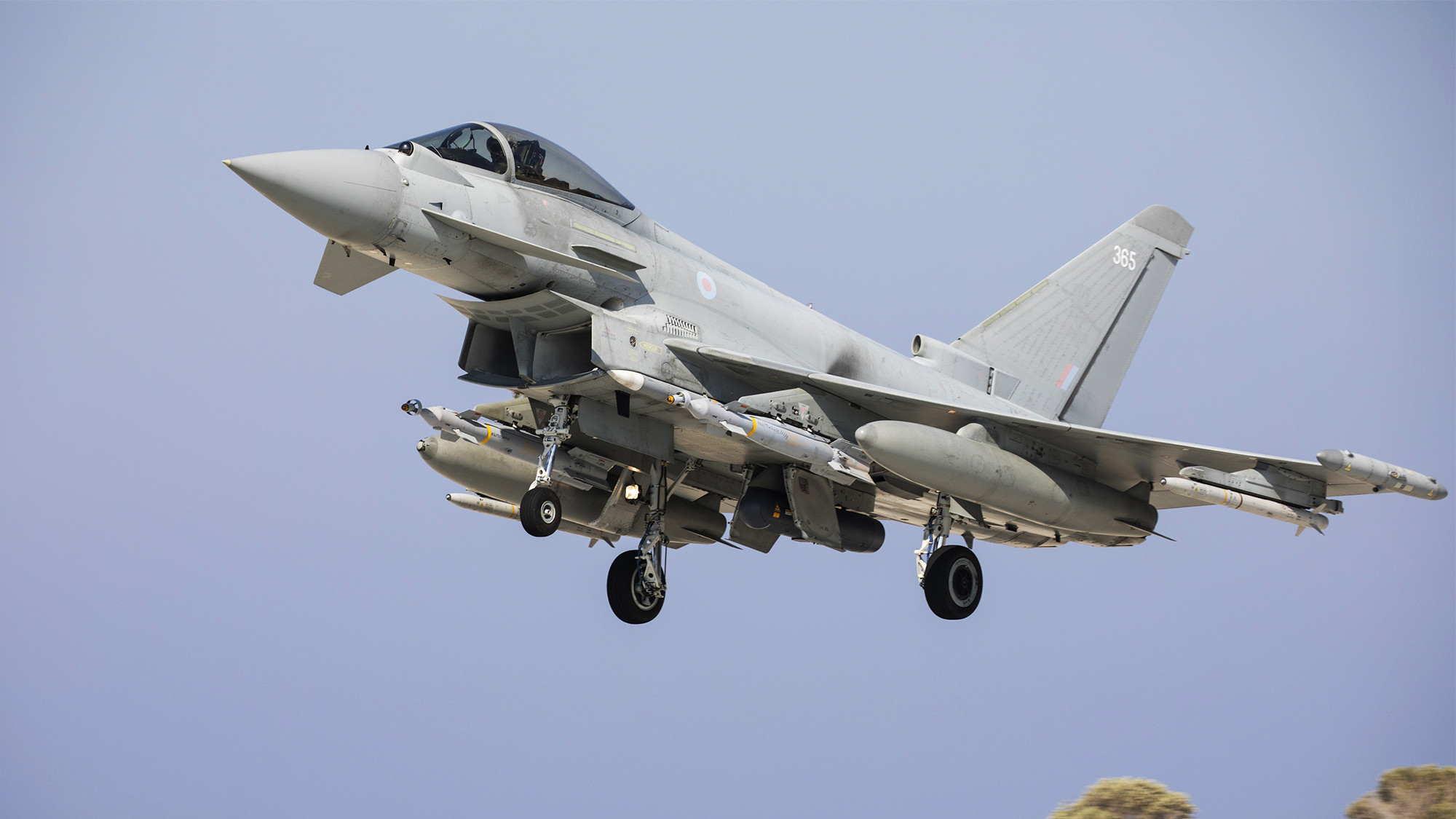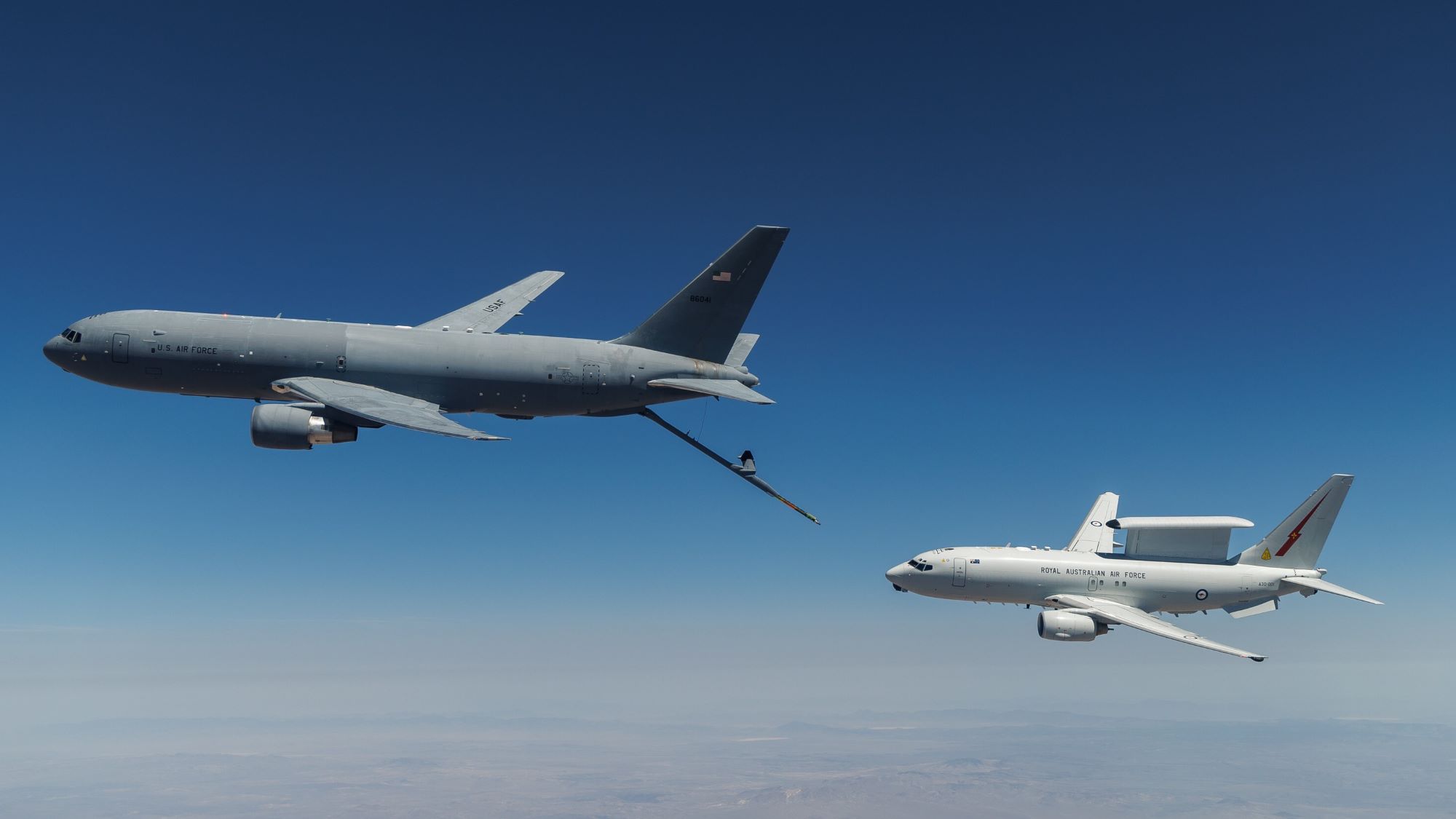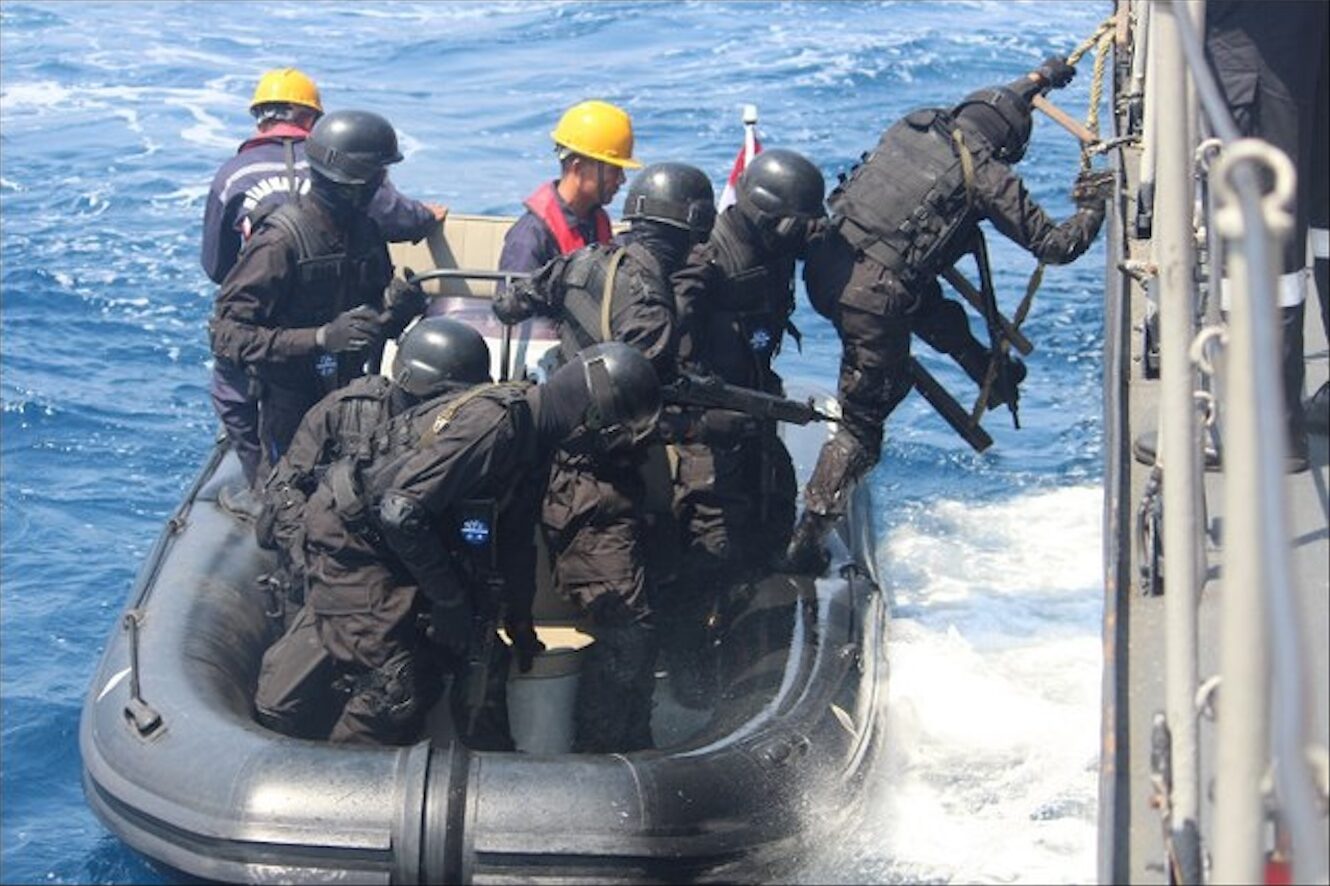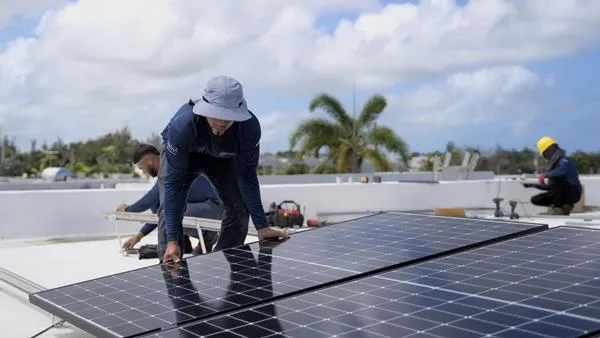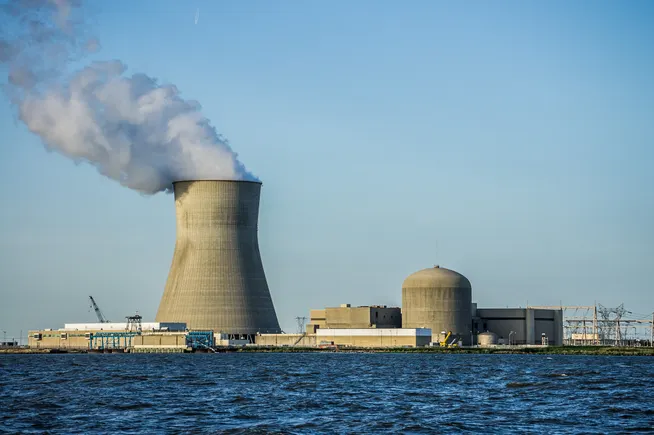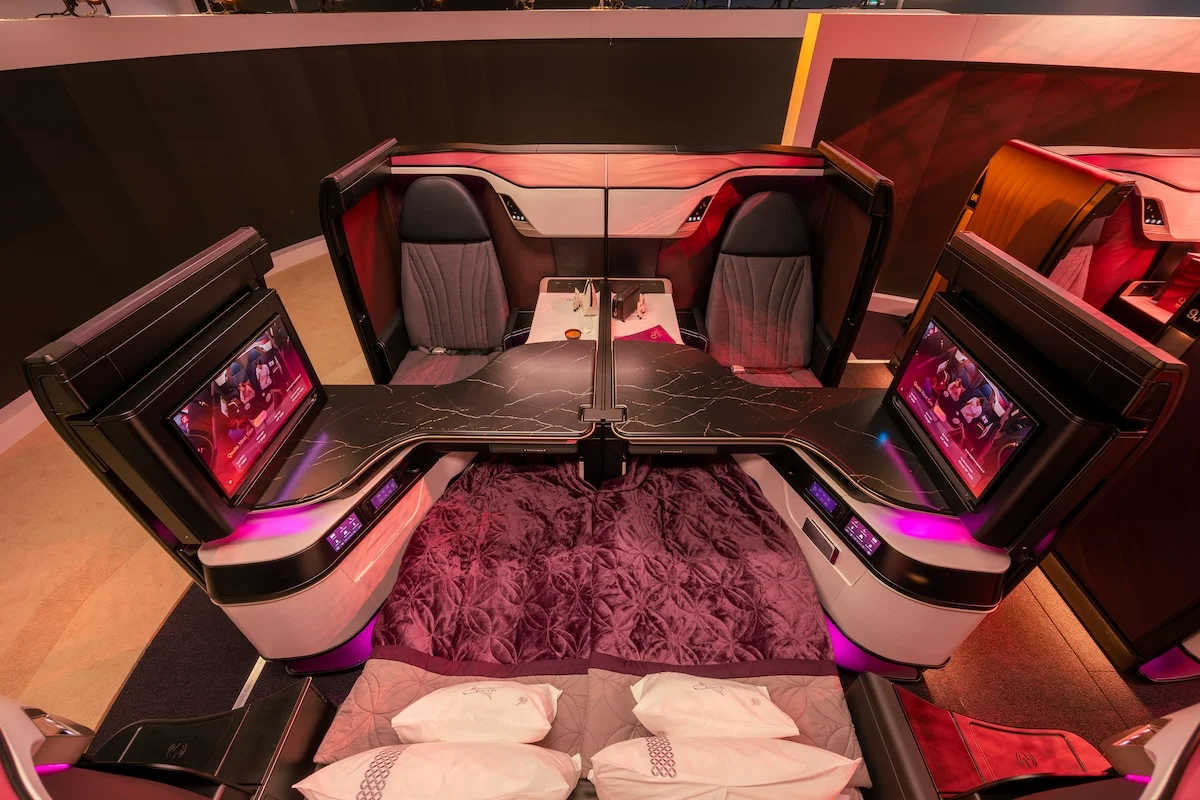Marines’ top goal: 3 amphibious ready groups at sea
Ship maintenance backlogs have kept the amphib fleet limping for years.

The Navy has pledged to have 80 percent of its ships and submarines ready to deploy at any given time by 2027, including the 10 amphibious assault ships and 21 landing support ships the service is required to have in the water by law.
“But I need you to understand, this is about more than ships,” Commandant Gen. Eric Smith told an audience at the Modern Day Marine conference in Washington, D.C. “It’s about deterrence and denial. It’s about making sure Marines are in position when the next fight comes.”
The goal is one ARG, with an embarked Marine Expeditionary Unit, patrolling from the Mediterranean Sea down to the west coast of Africa; one in the western Pacific; and one in the Indo-Pacific, each spending roughly six months at sea, with another ARG-MEU ready to replace each group of ships when they head home.
The Marine Corps and the Army are perpetually jockeying for the role of the Defense Department’s first line of crisis or conflict response, with the Army’s 82nd Airborne Division maintaining an “Immediate Response Force” ready to fly out of North Carolina and parachute into any part of the world within 18 hours.
That’s all well and good, but Smith said the Marine Corps can do it better, because “we can park ourselves 12 miles off anybody's coast and stay there for as long as we damn well please.”
The Army, on the other hand, can only circle in transport planes for so long before needing to refuel, while an ARG-MEU can stay on station as long as needed.
“You can maneuver hundreds of miles in a day, launch over the horizon, seize key terrain, secure and defend [under]sea lines of communication, conduct expeditionary strikes and evacuate non-combatants all from the sea, again, without need for access,” Smith said.
Or, they could, if they just had the ships available.
“The Navy is attempting to get the ships in and out on time,” Smith told Defense One in February. “But right now, that's not happening. The amphibs are going in and they're staying in.”
Both public and private shipyards have struggled to plan maintenance periods well enough to have all of the parts and labor on hand required once a ship pulls in, which the Navy’s readiness strategy aims to tackle.
The Navy has only been able to deploy one West Coast-based ARG out into the Pacific per year, with ships heading out for six months and often getting extended to nine. Those extensions push back maintenance schedules.
Some of that has to do with funding, he said, but it’s also the result of combatant commanders extending deployments for amphibious ready groups and the embarked Marine expeditionary units, throwing off maintenance schedules.
“They are the most sought after item by the combatant commanders, after carrier strike groups and submarines,” Smith said. “When an ARG-MEU gets extended, then the very, very tightly woven shipyard plan comes apart.” ]]>












